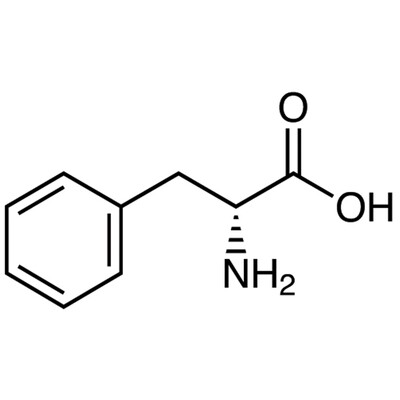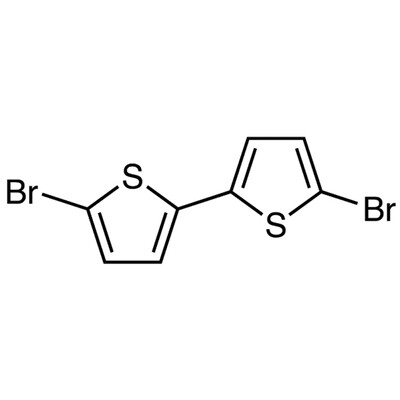Verzending 24–48 u • Levering in de hele EU • Veilige chemieverpakking
Sodium n-undecyl sulfate 99% 1 g
SKU 007124-1
€ 57,92
In stock
1
Save this product for later
Sodium n-undecyl sulfate 99% 1 g
Product Details
CAS number: 1072-24-8
Chemical formulas: C11H23O4SNa/ F.W. 274.36
Cation: Na
Packaging: 1 g
EAN: 8721028251893
Brand: Laboratoriumdiscounter
Sodium n-undecyl sulfate is a powerful surfactant commonly used in various industries. Its unique chemical properties make it an ideal ingredient in cleaning products, personal care items, and pharmaceutical formulations. With its ability to reduce surface tension and enhance foaming, Sodium n-undecyl sulfate plays a crucial role in improving the effectiveness of many products. Its versatility and effectiveness make it a sought-after compound in the manufacturing world.
When working with Sodium n-undecyl sulfate, it is important to follow proper safety precautions to minimize the risk of accidents or harm. Here are some short safety instructions to consider: 1. Personal Protective Equipment (PPE): Always wear appropriate PPE, including gloves, safety goggles, and a lab coat or protective clothing, to protect your skin, eyes, and body from potential contact with the chemical. 2. Ventilation: Work in a well-ventilated area or use a fume hood to prevent the accumulation of vapors or fumes. Ensure that the workspace has adequate airflow to minimize exposure. 3. Handling and Storage: Handle Sodium n-undecyl sulfate with care, avoiding any spills or splashes. Store it in a tightly sealed container in a cool, dry place away from incompatible substances. 4. Chemical Compatibility: Be aware of the chemical's compatibility with other substances. Avoid contact with strong oxidizers, acids, or bases, as it may result in hazardous reactions. 5. Emergency Preparedness: Familiarize yourself with the location and proper use of safety equipment, such as eyewash stations, safety showers, and fire extinguishers. In case of accidental exposure or ingestion, seek immediate medical attention. 6. Proper Disposal: Dispose of Sodium n-undecyl sulfate and any contaminated materials according to local regulations and guidelines. Do not pour it down the drain or dispose of it in regular trash. 7. Training and Knowledge: Ensure that you have received proper training and have a good understanding of the chemical's properties, hazards, and safe handling procedures before working with Sodium n-undecyl sulfate. Remember, these instructions are not exhaustive, and it is essential to consult the specific safety data sheet (SDS) and follow the guidelines provided by the manufacturer for comprehensive safety information.
Please note, not all safety data for this product is available on our website, for a complete list of P en H sentences and other safety instructions please request the MSDS at our customer service
You May Also Like

3-Trifluoromethylbenzylsulfonamide, 97.0%, 250mg
3-Trifluoromethylbenzylsulfonamide, 97.0%, 250mg
SKU F034686-250MG
€ 145,20

8-Bromo-2h-chromene-3-carboxylic acid, 95+%, 100mg
8-Bromo-2h-chromene-3-carboxylic acid, 95+%, 100mg
SKU F661479-100MG
€ 314,60

2-(2-CHLORO-4-NITROPHENOXY)ACETAMIDE, 95.0%, 250mg
2-(2-CHLORO-4-NITROPHENOXY)ACETAMIDE, 95.0%, 250mg
SKU F306568-250MG
€ 490,60
Display prices in:EUR










